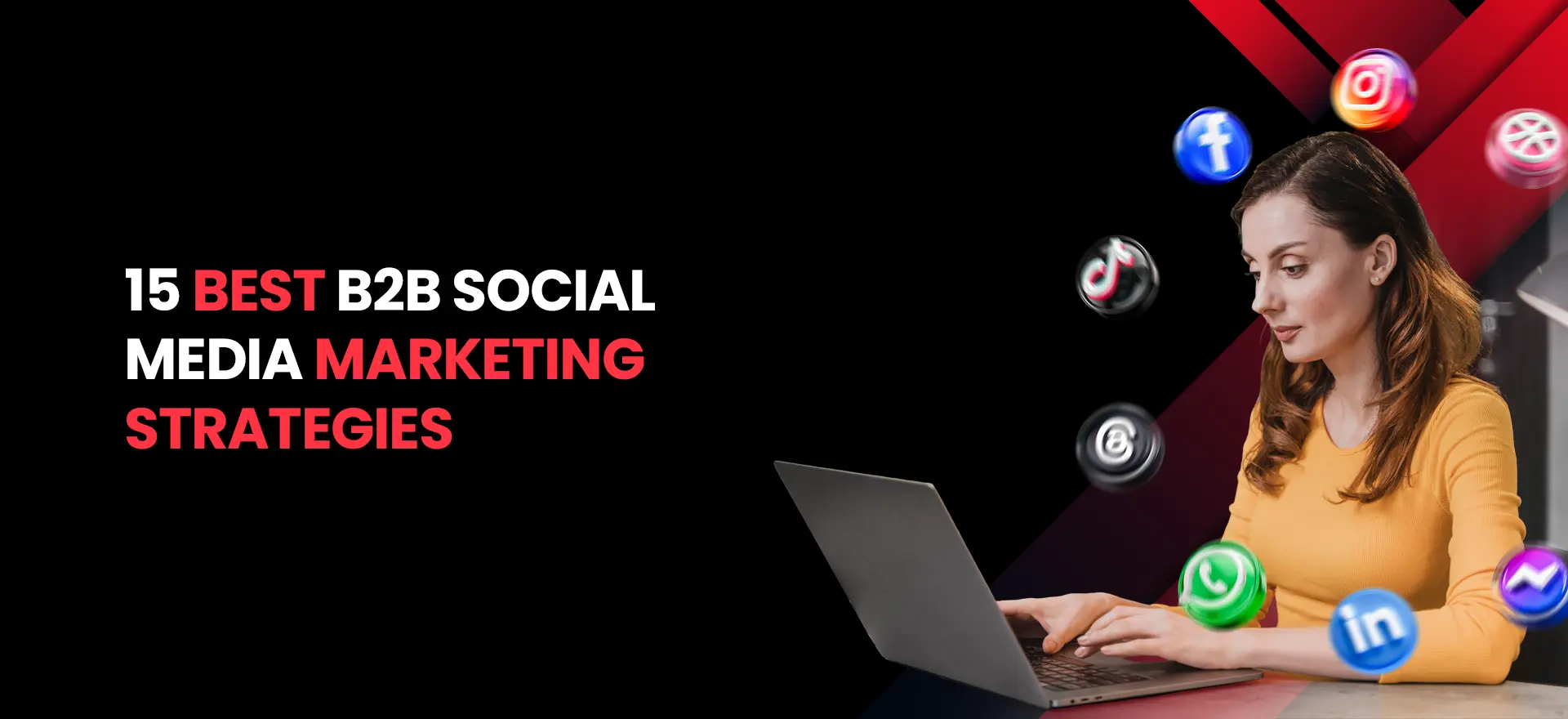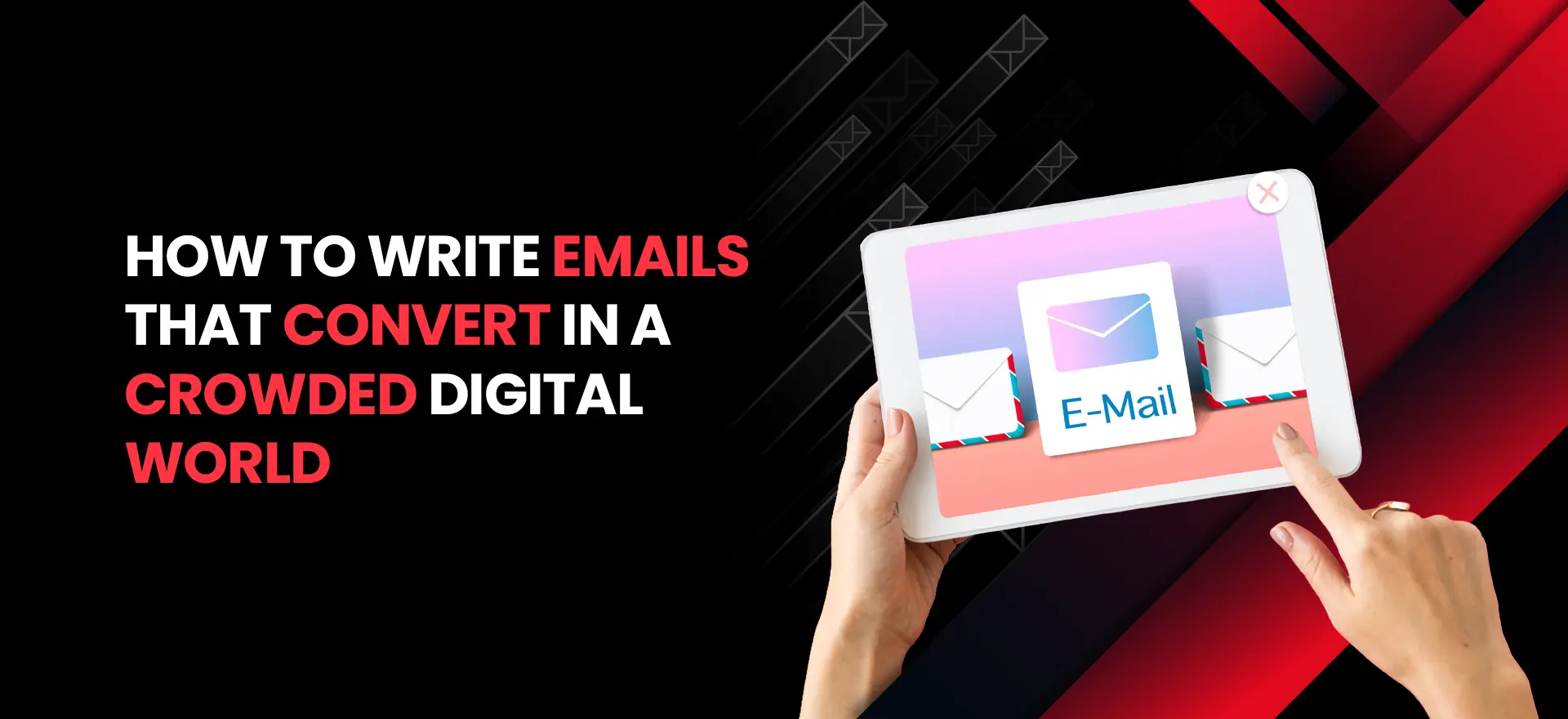Today, B2B social media marketing has shifted from a nice-to-have to a must-have part of each marketing plan. The days of sticking to the traditional channels are over. With 86% of B2B marketers using LinkedIn for lead generation, social media has become the battlefield where businesses win or lose their target audiences. B2B social media marketing doesn’t need to be boring, corporate, and stuffy. The decision-makers you’re targeting are actual people who are scrolling through feeds at lunch, checking LinkedIn in between meetings and watching YouTube videos. This article explores 15 B2B social media marketing strategies that can transform your social presence from invisible to invaluable.
15 Best B2B Social Media Marketing Strategies
Below are 15 best B2B social media marketing strategies:
1. Develop a Strategic Content Funnel Approach:
Smart B2B marketers understand that not all social content has the same purpose. Map each item to a stage of the funnel:
- Top of Funnel (TOFU): Generate awareness with industry trends, relating stories from the workplace, and thought-provoking questions.
- Middle of Funnel (MOFU): Share educational resources, product demonstrations, webinars, and case studies.
- Bottom of Funnel (BOFU): Publish customer testimonials, comparison guides and ROI calculators.
This systematic approach develops prospects along every stage of their buyer journey.
2. Prioritize LinkedIn for B2B Lead Generation:
LinkedIn isn’t just another social media platform – it’s the B2B marketer’s goldmine. According to recent data, 84% of B2B marketers find LinkedIn delivers the most value among organic social media channels. Being the most trusted social media marketing agency in Dubai, Right Media focuses on prioritizing LinkedIn for B2B lead generation. Focus your LinkedIn strategy on:
- Publishing long-form content (articles) and thought leadership content.
- Interacting with industry groups and communities.
- Using LinkedIn ads for precision, targeted outreach.
- Creating a company newsletter so that the subscribers grow.
3. Leverage Employee Advocacy Programs:
Employee advocacy is one of the most powerful and cost-efficient brand boosters. Employee-shared content generates 200% higher engagement rates than company-shared content, making employee advocacy one of the most cost-effective strategies available. Implement a program by:
- Providing pre-approved content for easy sharing
- Establishing clear guidelines around professional social media use
- Identifying and rewarding active participants
- Using advocacy platforms for tracking performance
4. Utilize Authentic Video Content:
Video continues to dominate social media, and B2B audiences are no exception. Lo-fi, vertical videos often work 2X-3X better than highly-produced content on platforms such as LinkedIn. Create powerful video content including:
- Behind-the-scene company culture glimpses
- Content themes for each day of the week
- Customer success story interviews
- Industry expert commentary
5. Set SMART Goals to Achieve Social Media Success:
Don’t set vague goals such as “increase brand awareness.” Define Specific, Measurable, Attainable, Relevant and Time – bound (SMART) goals. For example: “Increase LinkedIn engagement by 15% in the next quarter by posting daily and responding to all comments within 24 hours.”
6. Invest in B2B Influencer Partnerships:
B2B influencer marketing is skyrocketing. This year, 53 percent of B2B organizations are increasing budgets for key opinion leaders (KOLs). These aren’t traditional Instagram influencers; they are industry thought leaders, analysts and respected professionals. Partner with influencers who:
- Have built credibility in your niche
- Maintain engaged, relevant audiences
- Align with your brand values
- Can create authentic content about what you have to offer
7. Share Data-Driven Content:
Decision makers love hard facts. Create appealing social media posts that include:
- Original research finding from your company
- Industry Statistics and Trends
- Visualization of complex data through infographics
- Reports comparing industry benchmarks
Data-driven posts are not only useful for attracting attention but also make your brand a thought leader.
8. Implement Social Listening Strategies:
Social media marketing strategies should involve monitoring what people are saying about your brand, your competitors and industry. Use listening tools to:
- Monitor brand mentions and sentiment
- Spot emerging industry trends
- Identify customer pain points
- Find opportunities for engagement
Understanding these conversations is useful in producing content that is more relevant.
9. Create Platform-Specific Content:
Each social media platform has its own characteristics and expectations of the audience. Don’t copy-paste the same information all over the place.
- LinkedIn: Professional insights, long form articles, company updates
- Twitter/X: Breaking industry news, thought leadership, conversation starters
- Facebook: Community building, customer stories, behind-the-scenes content
- YouTube: In-depth tutorials, webinars, product demos
- Instagram: Visual storytelling, company culture, event coverage
10. Use Paid Social Advertising Strategically:
While organic reach is precious, B2B marketers are increasing their paid social budgets. Start by increasing the best-performing organic posts and then go to targeted ad campaigns. Key paid strategies include:
- LinkedIn Sponsored Content for decision maker targeting
- Retargeting campaigns for website visitors
- Lead generation forms directly within social platforms
- Account based marketing (ABM) campaigns
11. Showcase Customer Success Stories:
Nothing is more credible than actual customer experiences. Feature regularly:
- Video testimonials of happy clients
- Detailed case studies where results can be measured
- User-generated content (UGC) from customers
- Before-and-after transformations
These authentic stories serve as powerful social proof for potential buyers.
12. Engage with Interactive Content:
Increase interaction with interactive B2B content marketing formats:
- Polls and surveys to collect insights from the audience
- Quizzes related to industry knowledge
- Live Q&A sessions with company experts
- Interactive calculators and/or assessment tools
Interactive content is used to increase engagement rates and to provide you with valuable data on your audience.
13. Have Regular Posting Schedules:
Consistency helps build trust and keeps your brand in the good graces of the algorithm. Develop a content calendar that includes:
- Posting times every day that coincide with your audience
- Content themes for all seven days of the week
- Planned campaigns and promotional periods
- Evergreen content to fill gaps
Use scheduling tools to ensure that you are on track even during busy periods.
14. Humanize Your B2B Brand:
B2B doesn’t mean “boring to boring.” Modern buyers prefer brands with personality. Humanize your presence by:
- Highlighting employees and celebrating team wins
- Using conversational language, not corporate jargon
- Responding authentically to comments and messages
- Occasionally incorporating relevant humor or memes (with legal approval)
Remember: you’re selling to people, not companies.
15. Analyze, Test, and Optimize Continuously:
The most successful B2B social media marketing programs are built on continuous improvement. Regularly:
- Review Analytics to Identify Best Performers
- A/B testing of content forms, headlines and times of posting
- Focus on conversion metrics
- Adjust strategy based on data insights
What worked in the previous quarters may not work the next – be agile and data-driven.
Conclusion:
Implementing these 15 B2B social media marketing strategies can bring your social presence up from the background noise to a lead generating power house. B2B buyers are human beings that crave real connections, valuable insights, and real solutions. Start with 3-5 tactics that are appropriate for your current resources and goals. Master those before moving on to more. Consistency and authenticity are more important than trying to be everywhere at once.
As you refine your approach, you should place your audience at the heart of all your decisions. Listen to their conversations, respond to their needs and provide true value. The brands that win in B2B social media aren’t necessarily the ones with big budgets – it’s the ones that know and deliver to their audience consistently.



